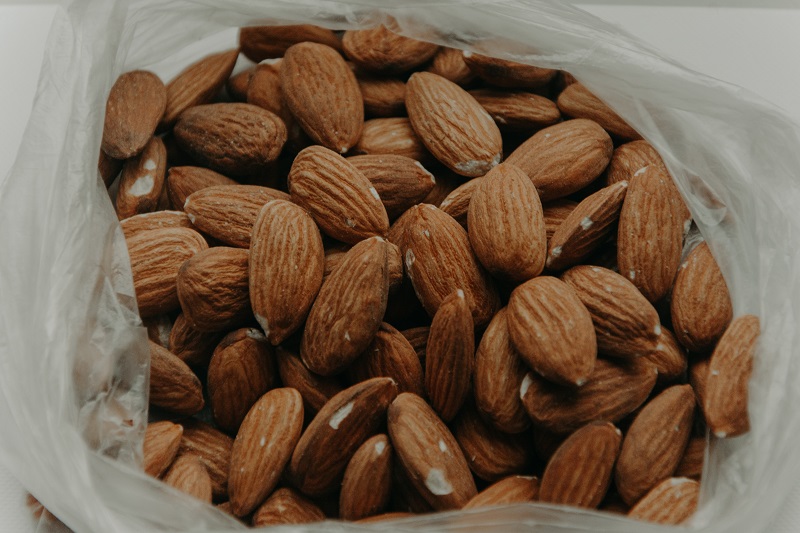Helping To Get A Handle On HLB
As the plight of greening has evolved since its discovery, so has the thought process behind fighting the disease. Trial and error have produced a mixed bag of results over the last few years. The constant pressure remains, however, and continues to grow.
Current scientific data and observations made under the most recent conditions in Florida have given UF/IFAS researchers the fuel to publish the “IFAS Guidance For Huanglongbing (HLB) Management.” The instructional document was created to help citrus growers in choosing a path to take in the fight against greening. According to Timothy Spann, UF/IFAS Extension specialist and lead author of the document, the time was right for an updated publication like this. “There is currently no HLB management/control strategy that is overwhelmingly supported by published, peer-reviewed scientific evidence,” he says.
Having the most up-to-date information and feedback from growers was essential in mining new, helpful information that bolsters previous assumptions and unleashes new ways of thinking. “There is a lot of observational data from within Florida, Brazil, and elsewhere that indicates — under specific scenarios — inoculum reduction (infected tree removal) and nutritional supplementation to maintain infected tree health are both effective for managing HLB,” Spann says. “There also is a significant body of scientific literature that supports both of these strategies in other crop/disease systems.”
Siding With A Strategy
While the bulk of the new publication revolves around the section dedicated to HLB management strategies, Spann says the main takeaway for growers should be that psyllid control is essential. “The psyllid is the sole means by which the HLB casual bacterium moves from tree to tree,” he says. “So every effort must be made to keep psyllid populations as low as possible.”
Though the removal of infected trees teamed with a high-alert psyllid control program is what is considered the optimal route based on past recommendations, the costly process of removal and replanting is not adding up for many growers. “It is simply no longer economically feasible for them to continue the tree-removal strategy because doing so would effectively put them out of business,” Spann says.
The foliar treatment method, first made popular by Felda-based grower Maury Boyd, involves an aggressive nutritional program that aims to prolong the life of infected trees allowing for production to continue. While this management approach has caught flak from some in the industry, more are starting to come around to giving it a chance as other options remain limited at this time. Spann says IFAS is recognizing there are many factors that affect the efficacy of management methods. “The experiences in other countries and from other disease systems might not be as wholly transferable to HLB in Florida as once thought,” Spann says. “The experiences of some growers in Florida with alternative strategies for managing HLB indicate there may be viable alternatives to tree removal, and those experiences cannot be ignored.”
Indeed, the document addresses the foliar approach as an option for growers. However, it notes that choosing to go in that direction is a one-way street. “Currently, it is unlikely a new grove could be replanted in that location and brought into production without becoming heavily infected with HLB,” Spann says. “That said, researchers are looking at psyllid control strategies and horticultural practices (nutrition, rootstocks, and planting density, etc.) in an attempt to raise young trees in an area of heavy HLB infection.”
Down The Road
Spann says research and development continues in trying to find a solution to the greening equation. Scientists have been trying a variety of techniques to genetically engineer a resistant variety. While this could be an answer, all good things take time. “In all likelihood, the best-case scenario is that this research might yield something viable in about 10 years,” he says.
Spann cautions that when the solution ultimately comes, the question of consumer acceptance of GMO citrus will remain. “In today’s climate, that would be a hard sell,” he says. “But perhaps attitudes will change by the time we have a viable resistant cultivar.”
Despite the daunting task that involves developing HLB-resistant fruit, Spann says he’s optimistic a consistent management of the disease is obtainable. “Countries like India and China have had HLB for decades and continue to grow citrus,” he says. “I believe we also will reach a point in Florida where HLB becomes a managed chronic disease. We’ll never eradicate it, but we’ll learn to live with it.”
There are promising leads in several areas including psyllid control from traditional pesticide use, to chemicals that deter the psyllid, to altering the pest’s feeding and reproduction, Spann says. In addition, numerous field and greenhouse studies are under way to understand the effects of nutrition on the plant’s response to HLB and establish rates for products that work.
The authors intend for the document to be fluid in nature and will alter it as needed. “I anticipate the document will be updated no less than once a year,” Spann says. “But if research results alter our thinking significantly at any time, we will revise the document to reflect those changes.”









